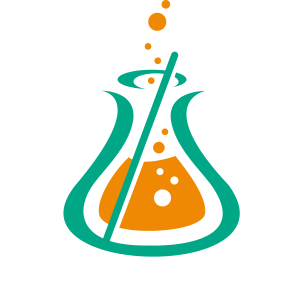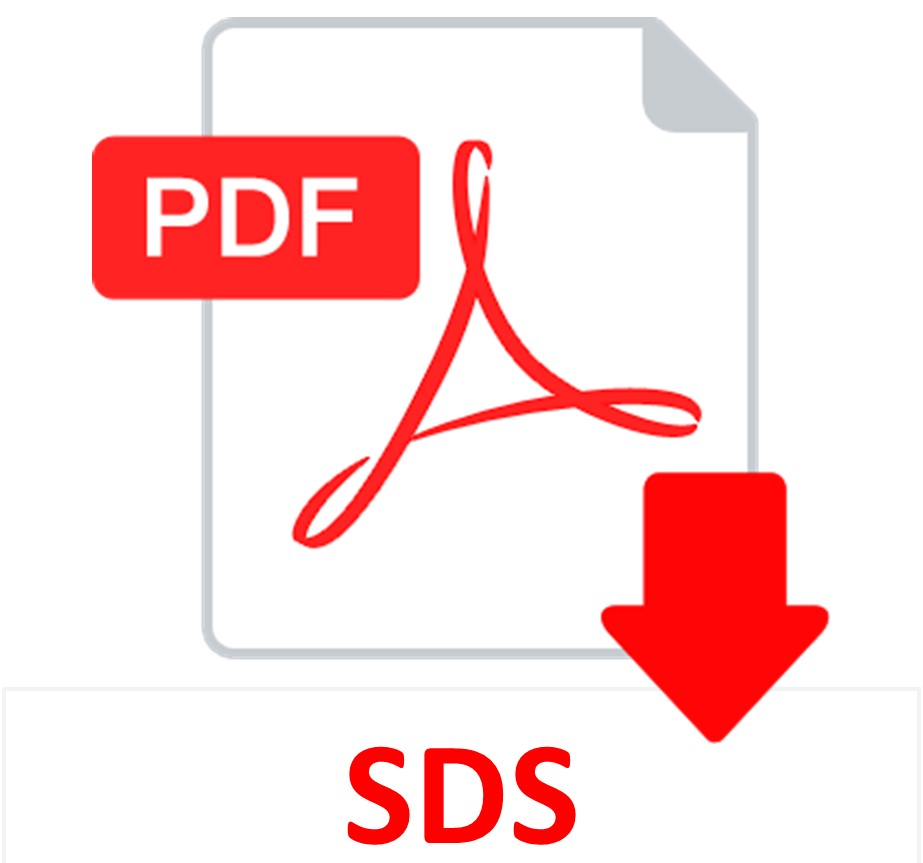Grocott Methenamine Silver Set, GMS
- (use: Fungus Stain)
![]()
-
-
-
- Store at 2-8°C.
-
-
Solution A: Silver Nitrate 500 ml or 1000 ml
Solution B: Methenamine Borate 500 ml or 1000 ml
Click Here to see the Fungus, Grocott Methenamine Silver (GMS) Stain Kit (#9121) in the Stain Kits Section.
SET INCLUDES:
| Part 1142A | Part 1142B | ||
| Solution A: | Silver Nitrate | 500 ml | 1000 ml |
| Solution B: | Methenamine Borate | 500 ml | 1000 ml |
Additionally Needed For Fungus Stain, Grocott Methenamine Silver, GMS:
| Fungus, GMS, Multi-Tissue, Artificial Control Slides | Part 4235 |
| Hydrochloric Acid 5%, Aqueous | Part 12086 (for acid cleaning glassware) |
| Chromic Acid 5%, Aqueous | Part 10341 |
| Sodium Bisulfite 1%, Aqueous | Part 13821 |
| Gold Chloride 0.1%, Aqueous | Part 11285 |
| Sodium Thiosulfate 2%, Aqueous | Part 13888 |
| Light Green SF Yellowish Stain 0.02%, Aqueous | Part 12204 |
| Xylene, ACS | Part 1445 |
| Alcohol, Ethyl Denatured, 100% | Part 10841 |
| Alcohol, Ethyl Denatured, 95% | Part 10842 |
| Coplin Jar, Plastic | Part 5184 (for microwave modification) |
For storage requirements and expiration date refer to individual product labels.
APPLICATION:
Newcomer Supply Grocott Methenamine Silver Set, GMS with included microwave modifications, provides the silver solutions for the Fungus GMS stain procedure. This is one of the best staining methods to demonstrate a variety of fungal organisms including: Pneumocystis, Aspergillus, Blastomyces, Candida and Histoplasma.
When staining for Pneumocystis with other fungal organisms, running a separate control specific for Pneumocystis (Part 4556) is recommended.
METHOD:
Fixation: Formalin 10%, Phosphate Buffered (Part 1090)
Technique: Paraffin sections cut at 4 microns
Solutions: All solutions are manufactured by Newcomer Supply, Inc.
All Newcomer Supply Stain Sets are designed to be used with Coplin jars filled to 40 ml following the provided staining procedure. Some solutions in the set may contain extra volumes.
PRESTAINING PREPARATION:
-
- If necessary, heat dry tissue sections/slides in oven.
- All glassware/plasticware must be acid cleaned prior to use.
-
- See Procedure Notes #1 and #2.
-
- Prepare Silver-Methenamine Working Solution and mix well:
-
- Solution A: Silver Nitrate 20 ml
- Solution B: Methenamine Borate 20 ml
-
- Preheat Silver-Methenamine Working Solution to 45°C-60°C in a water bath 20 minutes before use.
-
- Maintain solution between 45°C-60°C to minimize precipitate.
- Save for use in Step #10.
- Do not preheat if using Microwave Modification; Step 11.
-
STAINING PROCEDURE:
-
- Deparaffinize sections thoroughly in three changes of xylene, 3 minutes each. Hydrate through two changes each of 100% and 95% ethyl alcohols, 10 dips each. Wash well with distilled water.
-
- See Procedure Notes #3 and #4.
-
- Oxidize in Chromic Acid 5%, Aqueous (Part 10341) for 1 hour.
- Deparaffinize sections thoroughly in three changes of xylene, 3 minutes each. Hydrate through two changes each of 100% and 95% ethyl alcohols, 10 dips each. Wash well with distilled water.
Microwave Modification: See Procedure Note #5.
-
-
-
- Oxidize slides in a plastic Coplin jar with Chromic Acid 5%, Aqueous. Microwave for 1 minute and 20 seconds at 60°C.
-
-
-
- Wash well in running tap water; rinse in distilled water.
- Place in Sodium Bisulfite 1%, Aqueous (Part 13821) for 1 minute.
- Wash for 5 minutes in running tap water; rinse well in distilled water.
- Incubate slides in preheated Silver-Methenamine Working Solution (Step #4) at 45°C-60°C or at room temperature, for 12-18 minutes until sections appear paper-bag brown.
-
- Periodically remove control, rinse in warm distilled water, check microscopically for adequate silver impregnation. Fungi should be dark brown.
- If organisms are not sufficiently dark, return slides to warm silver solution. Recheck at 2-3 minute intervals until desired intensity is achieved.
- Pneumocystis may take longer to stain than other fungus.
- Staining at room temperature will require longer incubation.
-
- Microwave Modification:
-
- Incubate slides in a plastic Coplin jar with Silver-Methenamine Working Solution (Step #3). Microwave for 1 minute at 70°C.
- Check microscopically for adequate development.
- If additional incubation is required, return slides to warm silver solution. Recheck at 2-3 minute intervals.
-
- Rinse in three to four changes of distilled water.
-
- Do not use tap water at this step.
-
- Tone in Gold Chloride 0.1%, Aqueous (Part 11285) until sections turn gray; 20 seconds to 1 minute.
- Rinse well in distilled water.
- Remove unreduced silver in Sodium Thiosulfate 2%, Aqueous (Part 13888) for 2 minutes.
- Wash in running tap water for 5 minutes; rinse in distilled water.
- Counterstain in Light Green SF Yellowish Stain 0.02%, Aqueous (Part 12204) for 2 minutes.
- Dehydrate quickly in two changes each of 95% and 100% ethyl alcohol. Clear in three changes of xylene, 10 dips each; coverslip with compatible mounting medium.
RESULTS:
| Fungi | Crisp black cell walls with visible internal structures |
| Background | Green |
| Mucin | Taupe to dark gray |
PROCEDURE NOTES:
-
- Acid clean all glassware/plasticware (Part 12086) and rinse thoroughly in several changes of distilled water.
- Plastic (Part 5500), plastic-tipped, or paraffin coated metal forceps must be used with any silver solution to prevent precipitation of silver salts. No metals of any kind should be in contact with any silver solution. Only glass thermometers should be used.
- Drain slides after each step to prevent solution carry over.
- Do not allow sections to dry out at any point during procedure.
- The suggested microwave procedure has been tested at Newcomer Supply. This procedure is a guideline and techniques should be developed for use in your laboratory.
- If using a xylene substitute, follow the manufacturer’s recommendations for deparaffinization and clearing steps.
REFERENCES:
-
- Carson, Freida L., and Christa Hladik. Histotechnology: A Self-Instructional Text. 3rd ed. Chicago, Ill.: American Society of Clinical Pathologists, 2009. 239-243.
- Grocott, R G, “A Stain for Fungi in Tissue Sections and Smears using Gomori Methenamine Silver Nitrate Technic”. American Journal of Clinical Pathology 25 (1955): 975-979.
- Koski, John. “Silver Methenamine Borate (SMB): Cost Reduction with Technical Improvement in Silver Nitrate-Gold Chloride Impregnations.” The Journal of Histotechnology 4.3 (1981): 115-119.
- Sheehan, Dezna C., and Barbara B. Hrapchak. Theory and Practice of Histotechnology. 2nd ed. St. Louis: Mosby, 1980. 245-246.
- Modifications developed by Newcomer Supply Laboratory.



